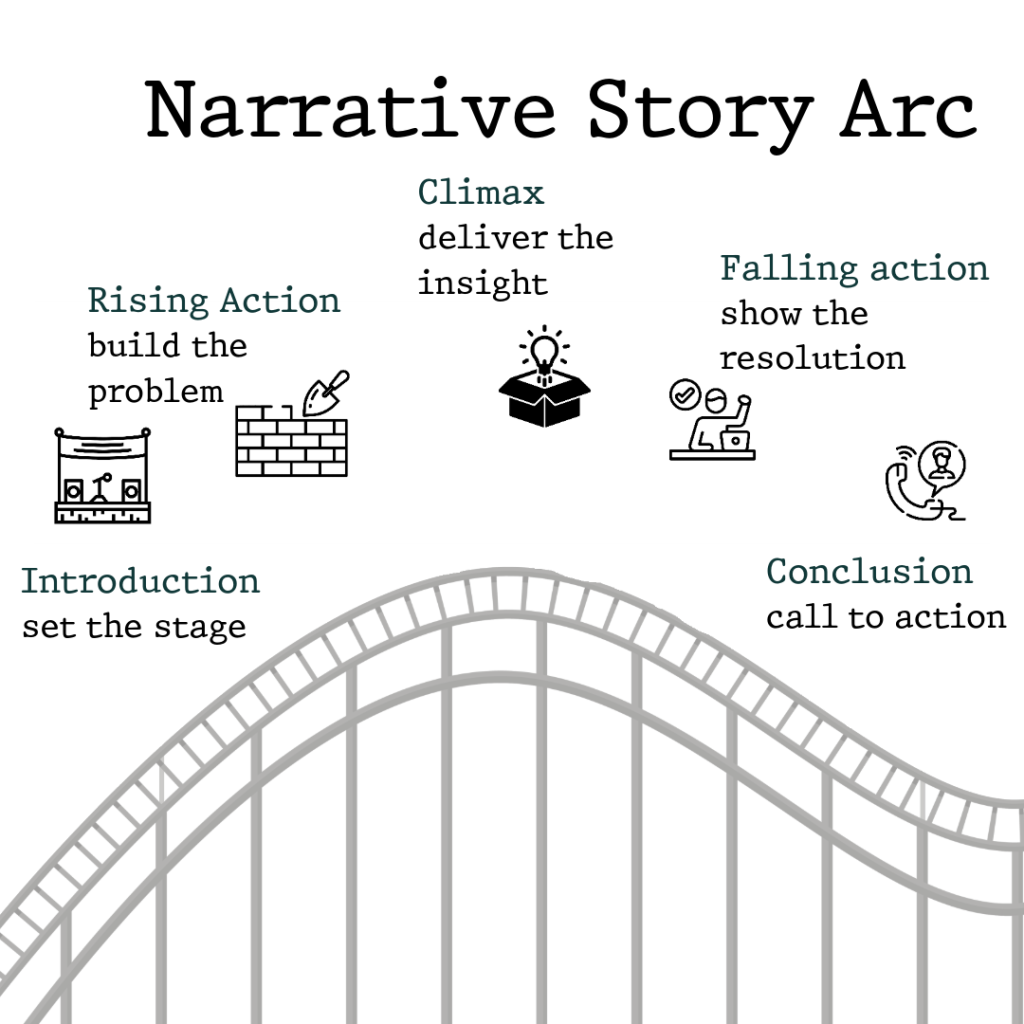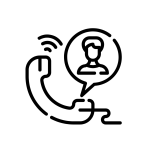2. Learn to Structure Presentations Using a Narrative Arc
Learn to Structure Presentations Using a Narrative Arc
Ever wondered why some presentations grip your attention from start to finish, while others leave you daydreaming about lunch or scrolling through your phone? It’s not random luck or the charisma of the speaker (though that helps). More often, it’s because successful presentations follow a proven storytelling structure known as the narrative arc.
The narrative arc isn’t just for bestselling novels or blockbuster movies. It’s a powerful framework you can apply to any presentation to keep your audience engaged, interested, and emotionally invested from beginning to end.
Ready to become the storytelling hero of your next presentation? Great—let’s break down exactly how to structure your presentations using a narrative arc.

Understanding the Narrative Arc (No English Degree Required)
First, don’t panic—“narrative arc” isn’t complicated. It’s simply a structured way of organizing your presentation so that it follows a compelling, logical sequence. Every good story follows these simple stages:
- Introduction (Set-Up): Introduce your topic, establish context, and grab your audience’s attention.
- Rising Action (Build-Up): Outline the problem, challenge, or key issue that needs addressing.
- Climax (Turning Point): Present your key insight, solution, or powerful “aha!” moment.
- Falling Action (Resolution): Show how your insight or solution solves the problem.
- Conclusion (Call to Action): Reinforce your message and motivate your audience to take the next step.
Let’s explore each of these stages in more detail, with examples you can adapt for your own use.
Step 1: Introduction—Set the Stage
Your introduction sets the context, identifies the key players, and explains the status quo. Engage your audience right away with a question, a surprising stat, or a story that gets their attention.
Real-World Example:
Instead of opening with a vague:
“Today, we’re here to discuss workplace stress.”
Try this:
“Did you know that 80% of our team reported feeling overwhelmed and stressed this year? This isn’t just a minor inconvenience—it’s impacting our productivity, health, and morale.”
It’s engaging, relevant, and frames the conversation right from the start.
Step 2: Rising Action—Build the Problem
Once you’ve captured their attention, introduce the tension. Define the challenge in a way that makes your audience feel the urgency to solve it.
Real-World Example:
“Stress isn’t just uncomfortable. Absenteeism has increased 25%, productivity has dropped 15%, and several valued team members have considered leaving.”
You’ve established a compelling reason for your audience to care—and to keep listening.
Step 3: Climax—Deliver the Insight
Now it’s time to deliver the turning point—the moment of insight or the solution to the problem. This is your big idea.
Real-World Example:
“What if I told you there’s a straightforward solution that can dramatically reduce stress and restore productivity? A simple, structured wellness initiative tailored for our team could make all the difference.”
This moment should feel like a lightbulb going off in the room.
Step 4: Falling Action—Show the Resolution
Show how your idea resolves the problem. Focus on results and outcomes your audience can expect to see if they embrace your recommendation.
Real-World Example:
“By adopting our wellness initiative, other organizations have reduced absenteeism by 30%, boosted productivity by 20%, and seen happier, more engaged employees. We’re confident these results are within reach for us as well.”
Make your audience believe that change is not only possible—it’s achievable.
Step 5: Conclusion—Call to Action
Finish strong by restating your message and clearly outlining what you want your audience to do next.
Real-World Example:
“We have an opportunity to reshape our workplace culture, improve productivity, and enhance wellbeing. Let’s take action—join the kickoff meeting next Tuesday and help create the supportive environment we all deserve.”
Make the next step simple and actionable.
Quick Checklist: Using the Narrative Arc
When preparing your presentation, ask yourself:
✅ Have I introduced the topic and captured attention effectively?
✅ Did I present the problem with urgency and relevance?
✅ Have I delivered a compelling turning point or insight?
✅ Did I explain how the solution works and why it matters?
✅ Have I ended with a strong, motivating call to action?
Real-World Example: Narrative Arc in Action
Let’s say you’re proposing a flexible work schedule policy:
- Introduction: “Our latest employee survey shows 75% of our team is struggling with work-life balance.”
- Rising Action: “This imbalance isn’t just about morale—it’s affecting productivity, engagement, and retention.”
- Climax: “The solution is straightforward and proven: flexible work schedules. Companies using them have seen improvements in both output and satisfaction.”
- Falling Action: “We expect similar benefits: lower stress levels, better performance, and a more energized workforce.”
- Conclusion: “Flexible scheduling can help us thrive. I urge you to support this initiative by endorsing our proposal today.”
This presentation follows the arc from tension to transformation—and it keeps your audience with you every step of the way.
Final Thoughts: Story Structure Creates Impact
Understanding and applying the narrative arc turns your presentations from dry data dumps into engaging, motivating journeys. Structured storytelling keeps your audience tuned in and invested, all the way to your final slide.
Ready to take your storytelling to the next level with powerful openings that hook your audience right from the first word? Let’s keep building your presentation mastery.
